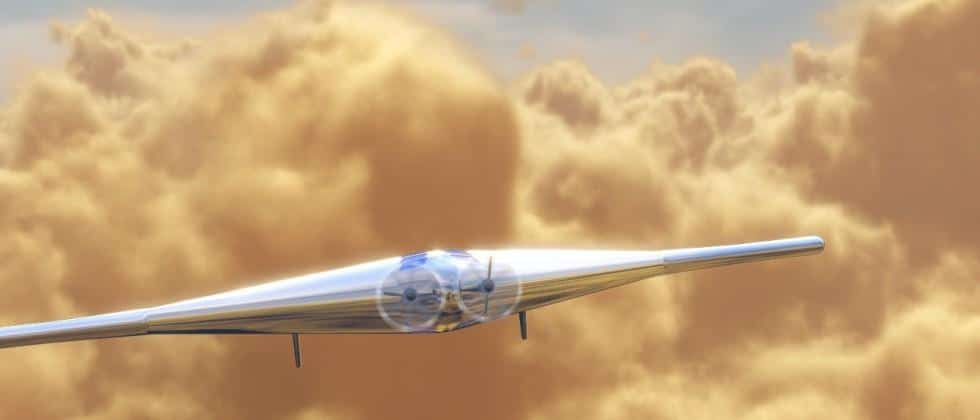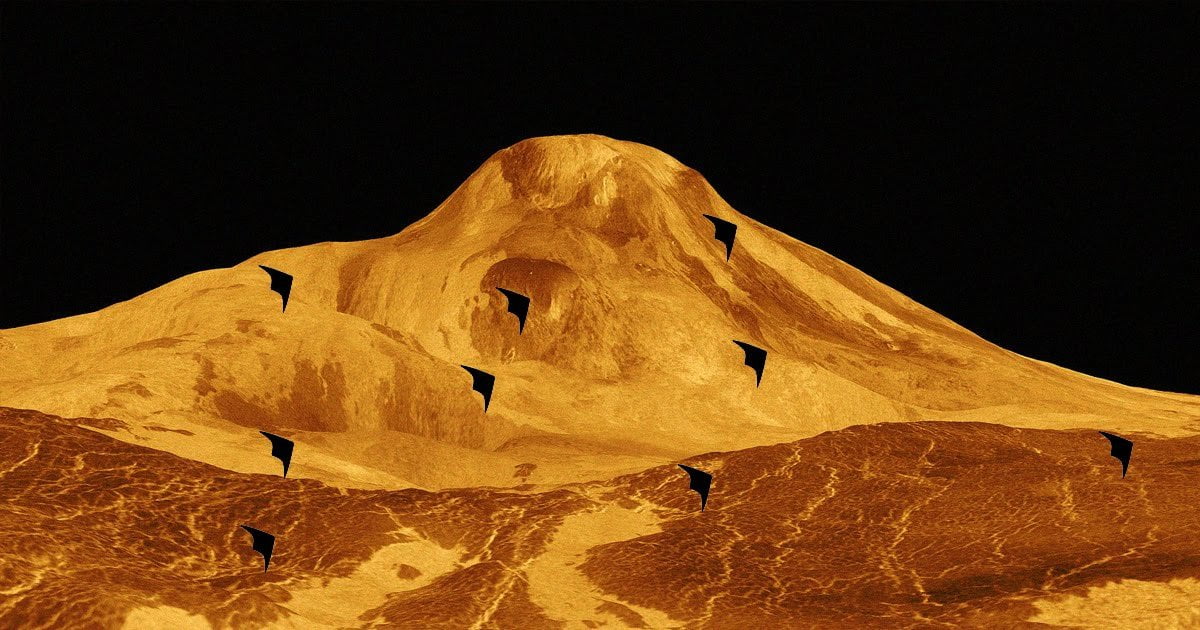In the imminence of first flight of a human aircraft to another planet, NASA has just started funding an unusual project that involves sending a “swarm” of small spacecraft to study Venus' atmosphere.
The project involves sending out a series of tiny flying sensors called LEAVES (Lofted Environmental and Atmospheric Venus Sensors), which will rise up in a swarm and report on what they find along the way, according to a press release from NASA.

A space swarm
It's an intriguing idea, but the (relatively) low-cost spacecraft could make it much more feasible to continue studying a planet that NASA had previously described as hell.
Leaves in the wind
Scientists at the Ohio Aerospace Institute designed the LEAVES to look and function like lightweight, high-tech kites. A swarm of kites that is released from an orbital spacecraft and descends through the clouds into the upper atmosphere of Venus.
While there, integrated sensors and electronics that pick up atmospheric chemicals will transmit their findings to the spacecraft.
Nine hours into the flight and the falling swarm of LEAVES will have sunk too low to continue providing useful readings, or will be swallowed up by the planet's acidic, sulfur-rich environment.
Space swarm, the day will come
The LEAVES mission is a nice evolution of NASA projects, and the fact that the agency has so far allocated only 500.000 to further develop the technology should not be misleading. The “space swarm” project is large in scope, will take the necessary time but is very promising.
LEAVES could one day provide scientists with crucial information about what's happening in Venus' atmosphere, an area that scientists have previously hypothesized to be filled with clouds that teeming with fluctuating microbial life.


